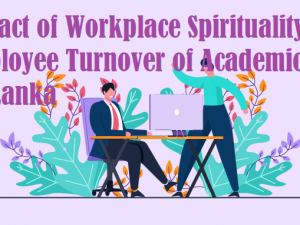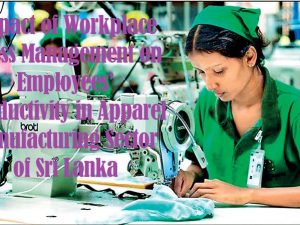Description
Table of Contents
Acknowledgement
Abstract
Chapter 01
1.0 Introduction.
1.2 Research problem identification
1.3 Statement of the Problem.
1.4 Research Questions
1.5 Aims and Objectives
1.6 Significance of the study
1.7 Chapter outline
Chapter 02.
2.0 Literature Review
2.1 Job Stress
2.2 Definitions of Job Stress
2.2.1 Different types of stress
2.3 Models related to job stress
2.3.1 Symptoms and outcomes of the job stress
2.3.2 Stress mitigation approaches
2.4 Impact of stress on non-managerial employees
2.5 Impact of stress on managerial employees
2.6 Dimensions of Job Stress
2.6.1 Work Demand / Job Demand
2.6.2 Job related Control
2.6.3 Job Role.
2.6.4 Job related support
2.6.5 Job Related Change.
2.7 Job satisfaction of employees
2.7.1 Intrinsic factors of employees’ job satisfaction.
2.7.2 Extrinsic Factors of employees’ job satisfaction.
2.8 Job stress and employees’ job satisfaction.
Chapter 03.
3.0 Research Methodology.
3.1 Introduction.
3.2 Research paradigm.
3.2.1 Research philosophy.
3.2.2 Research approach.
3.2.3 Research strategy.
3.2 Conceptual Framework.
3.3 Hypotheses Development
3.4 Operationalization.
3.5 Research Design.
3.5.1 Study setting.
3.5.2 Data sources
3.5.3 Unit of analysis
3.6 Population and sampling.
3.6.1 Population.
3.6.2 Sampling technique.
3.6.3 Sample size.
3.7 Research instruments
3.7.1 Data collection.
3.7.2 Statistical tools
3.8 Limitations of the study.
Chapter 04.
4.0 Data presentation and Analysis
4.1 introduction.
Chapter 05.
5.0 Conclusion and Recommendations
5.1 Introduction.
5.2 Summary of the research.
5.3 Recommendations
5.4 Suggestions for future research studies
5.5 Conclusion.
References ad bibliography





